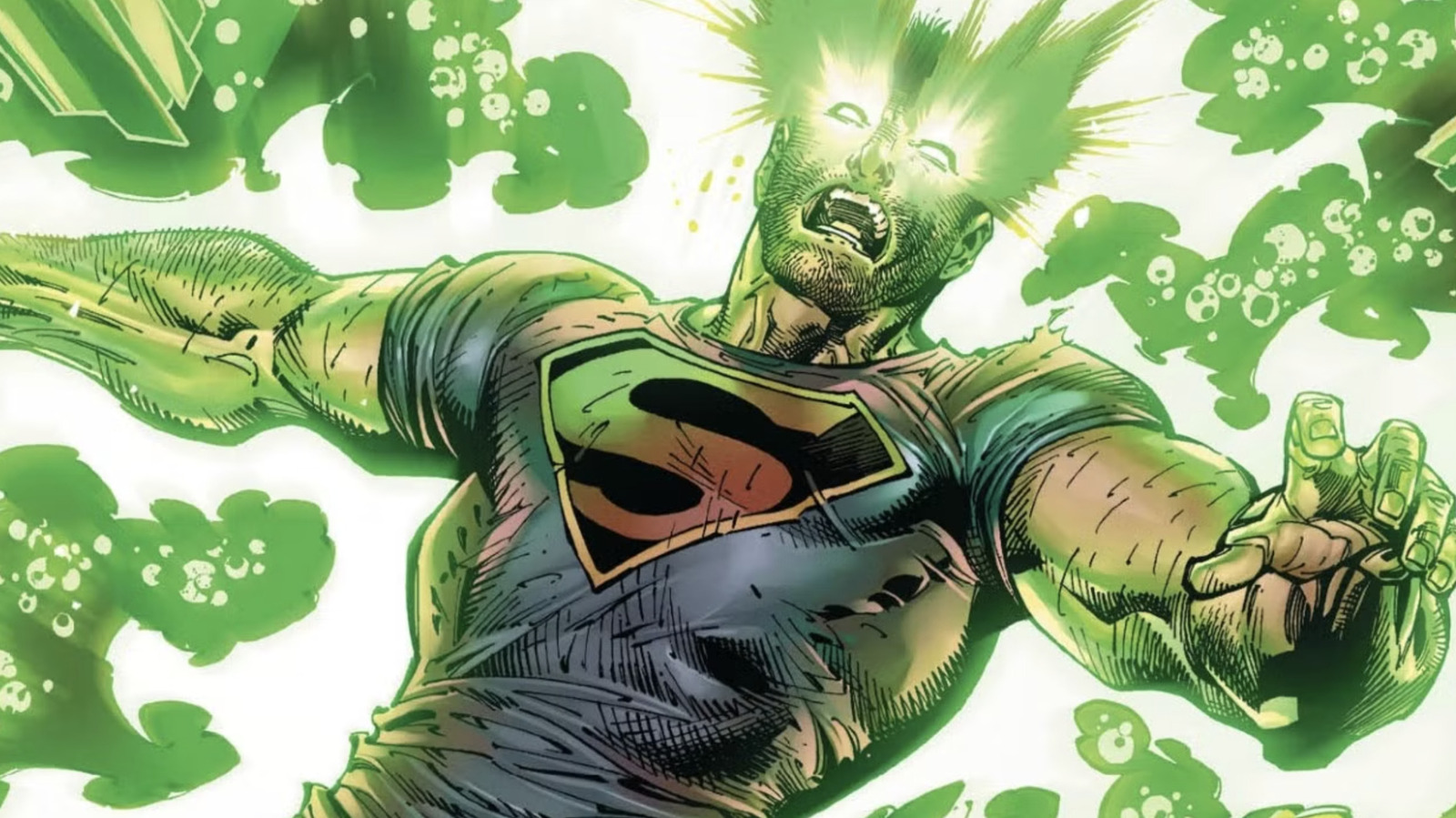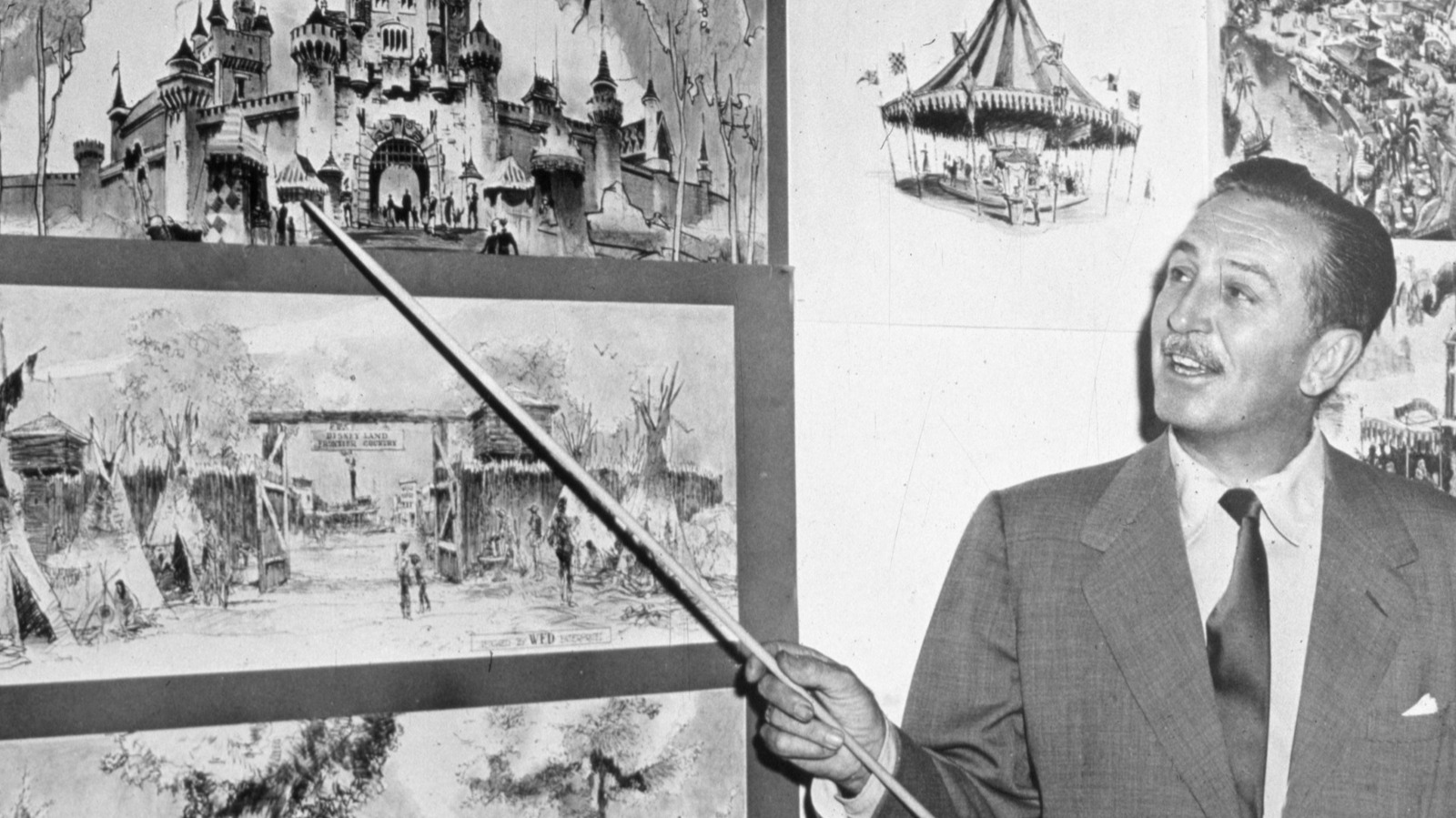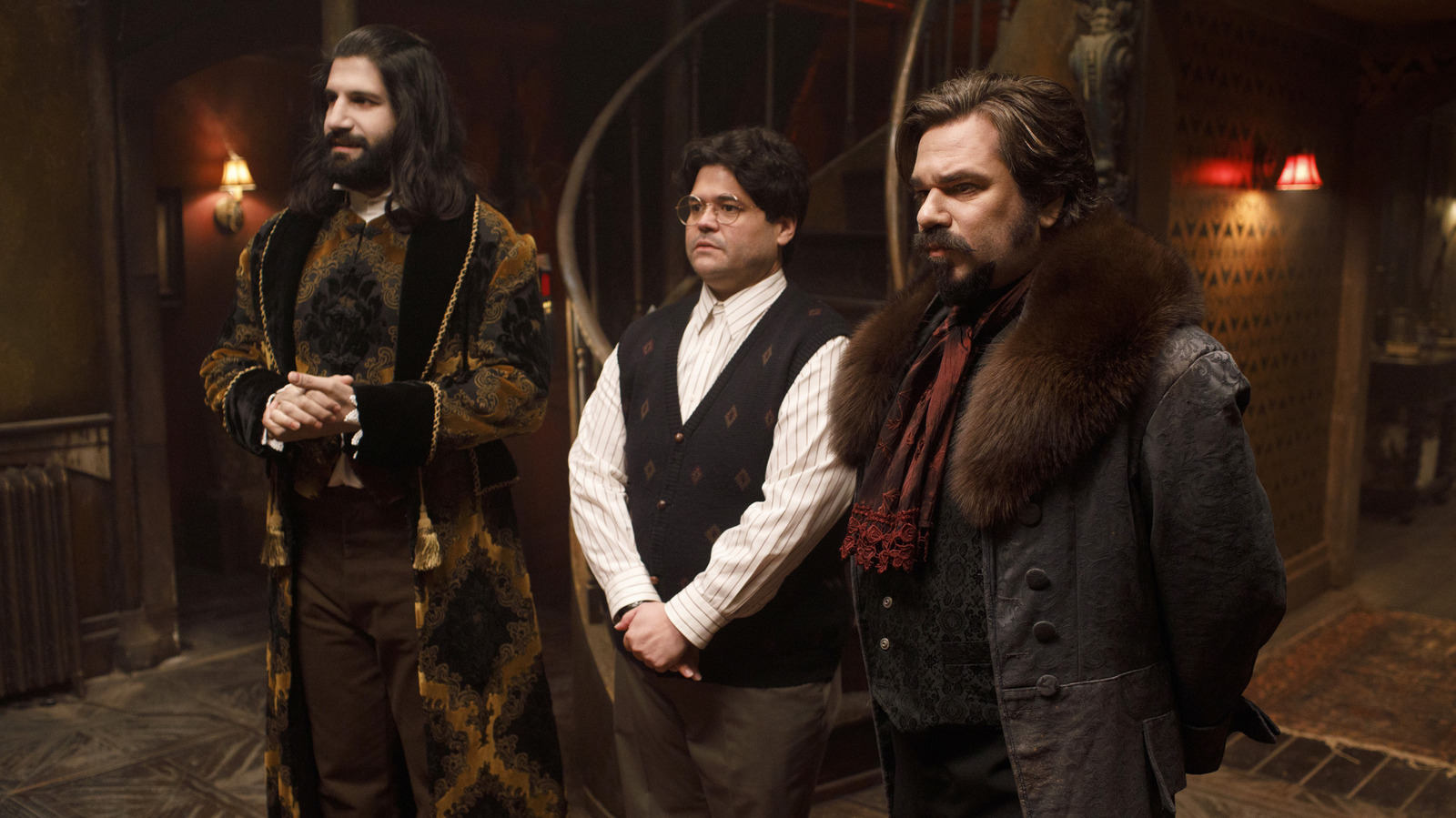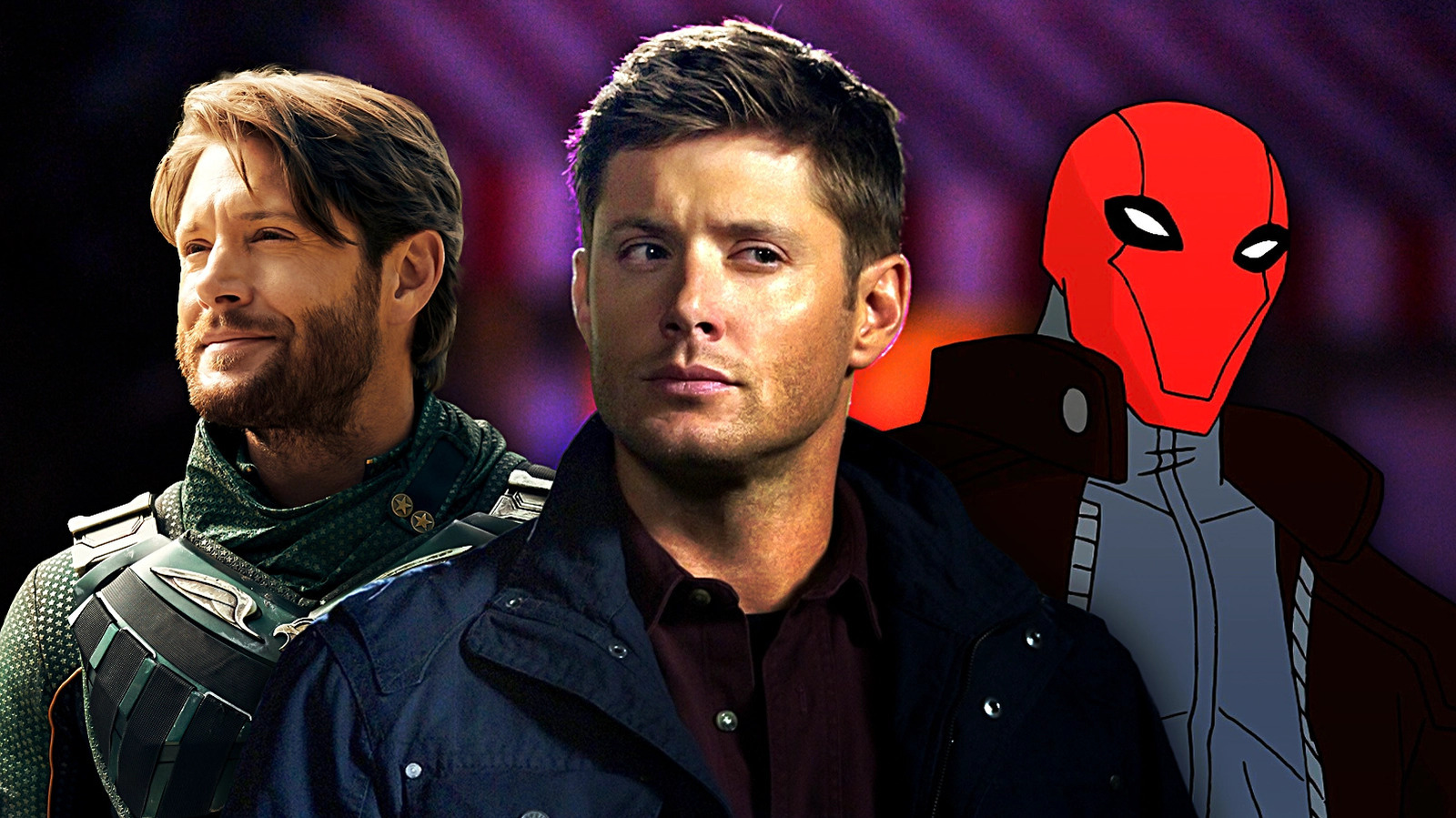

Classical heroes, even seemingly invincible ones, have to have one weakness. We call this the “Achilles’ Heel,” because the defining example of a hero’s weakness is in “The Iliad.” Myths say the warrior Achilles’ mother Thetis dunked him in the River Styx to make him invulnerable, but she missed the heel she held him by. When Achilles is shot in the heel with an arrow, it pierces his flesh and kills him.
Kryptonite is Superman’s vulnerable heel — it’s not as ubiquitous as “Achilles’ Heel,” but “Kryptonite” has also become synonymous with “single weakness” in the pop cultural lexicon. (Take 3 Doors Down’s rock song “Kryptonite.”)
Superman needs a weakness, that Kryptonite provides, because a completely invincible hero is not fun or engaging to watch (no one tell Mark Grayson). In an action narrative, if nothing can defeat your protagonist, there is no tension. Don’t believe me? Take the word of late “Superman” editor Dorothy Woolfolk, who is widely credited with bringing Kryptonite into the comics. Without a weakness, she said, Superman would be “boring.”
Kryptonite would be an especially effective storytelling tool for a radio serial; you could end one episode on a cliffhanger with Superman being trapped and weakened by Kryptonite, ensuring people would tune in next time to find out how he would escape. When it got brought over to the comics, it ensured that a normal man like Lex Luthor can believably be Superman’s archnemesis; all Lex needs is a chunk of Kryptonite to level the playing field.
Many other Superman villains employ Kryptonite gimmicks. Metallo is a cyborg powered by Kryptonite. Titano, a King Kong-like ape, can shoot Kryptonite beams from his eyes. Bloodsport, played by Idris Elba in “The Suicide Squad,” uses ammo forged from Kryptonite to make Superman less bulletproof. These villains can harm Superman, so he in turn has to expend care and energy fighting them, which makes his triumphs over them feel more earned.
The TV series “Smallville,” which followed a young Clark Kent (Tom Welling), mashed up “Superboy” and “Buffy The Vampire Slayer.” The “Smallville” villains of the week weren’t demons, but normal people given powers by the Kryptonite meteors lying around Smallville; these one-off bad guys were collectively called “meteor freaks.”
“Smallville,” which leaned hard on Kryptonite as a MacGuffin and superpower-bestower, showed the same problem as the Silver Age (the ’50s-’60s) “Superman” comics — use Kryptonite too much or make it too versatile, and it goes from easy suspense to narrative crutch.





